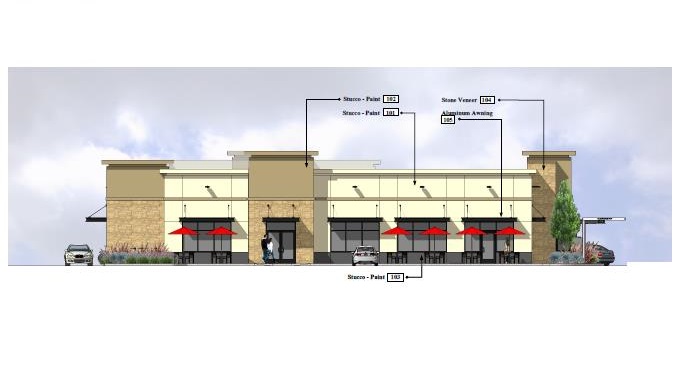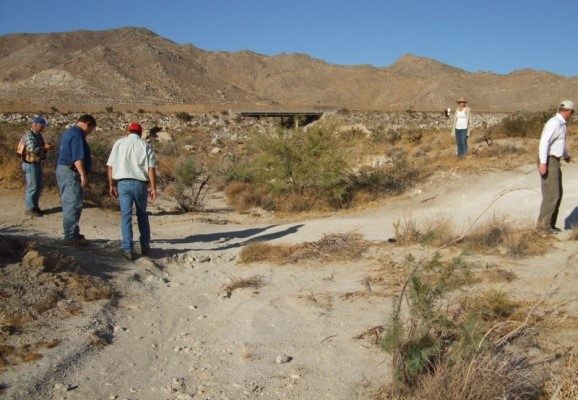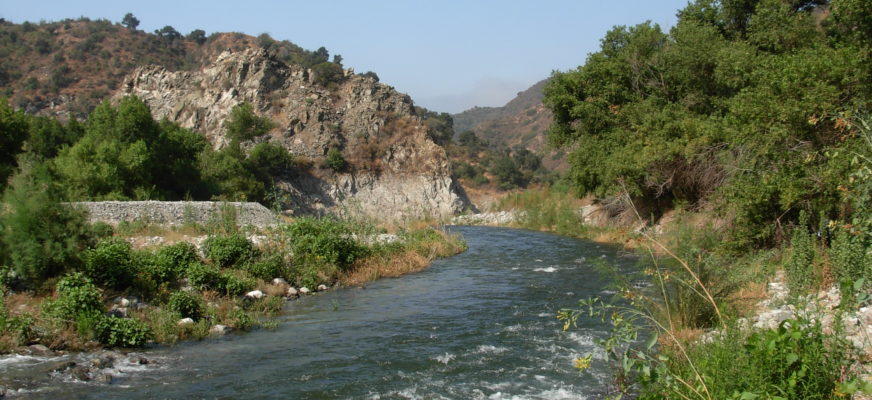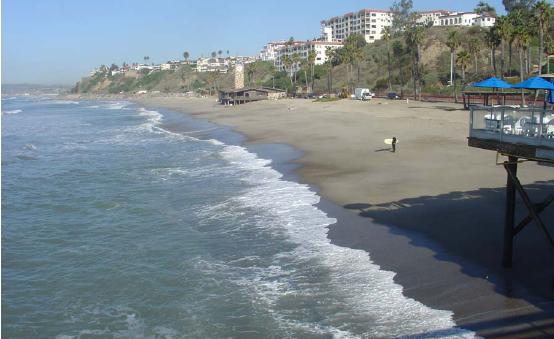Devil’s Gate Reservoir Management Project
Multiple environmental permits and mitigation measures for one of California’s largest sediment removal projects
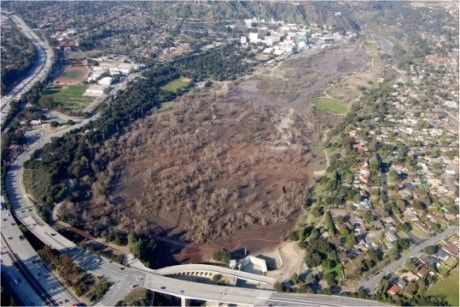

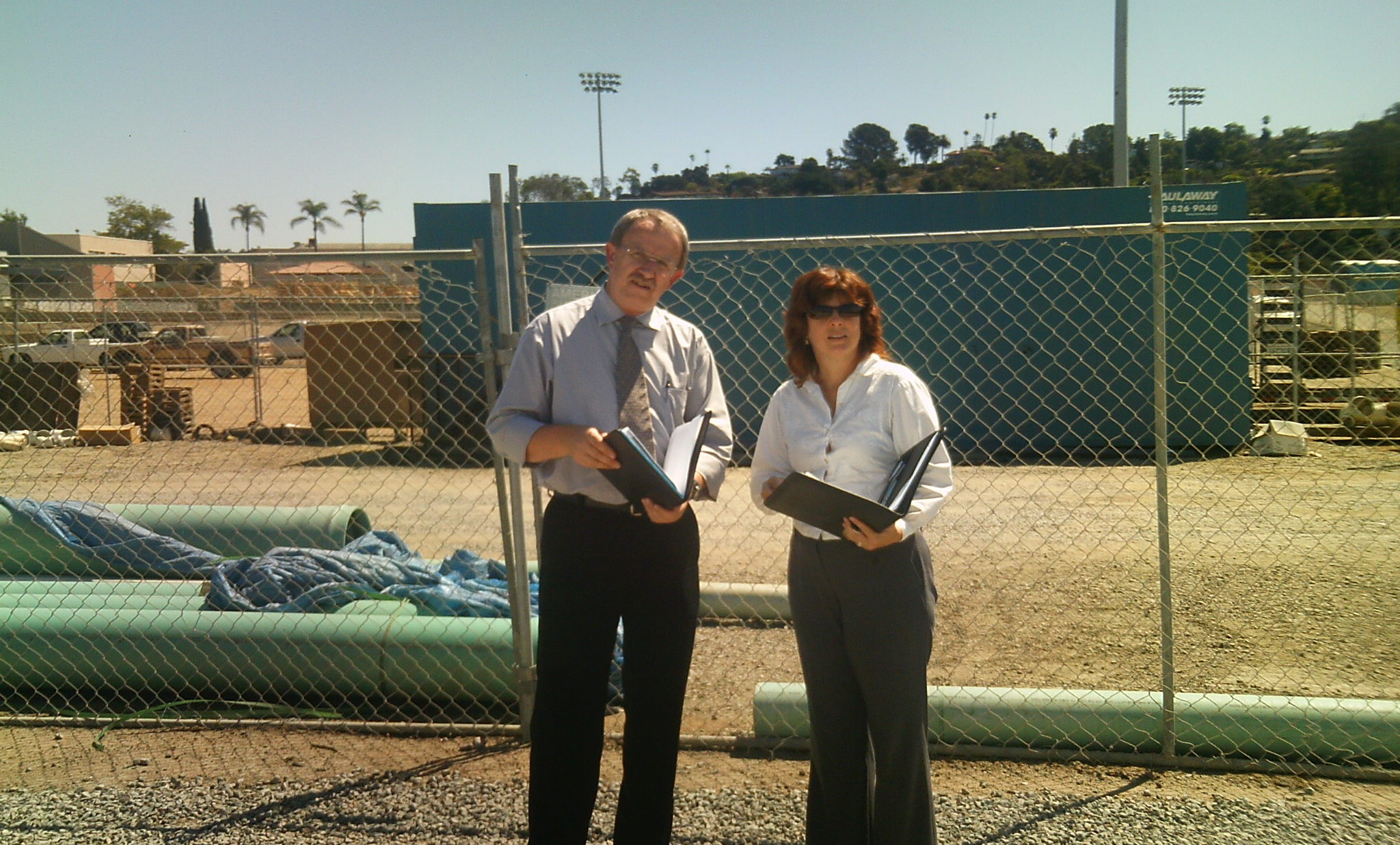
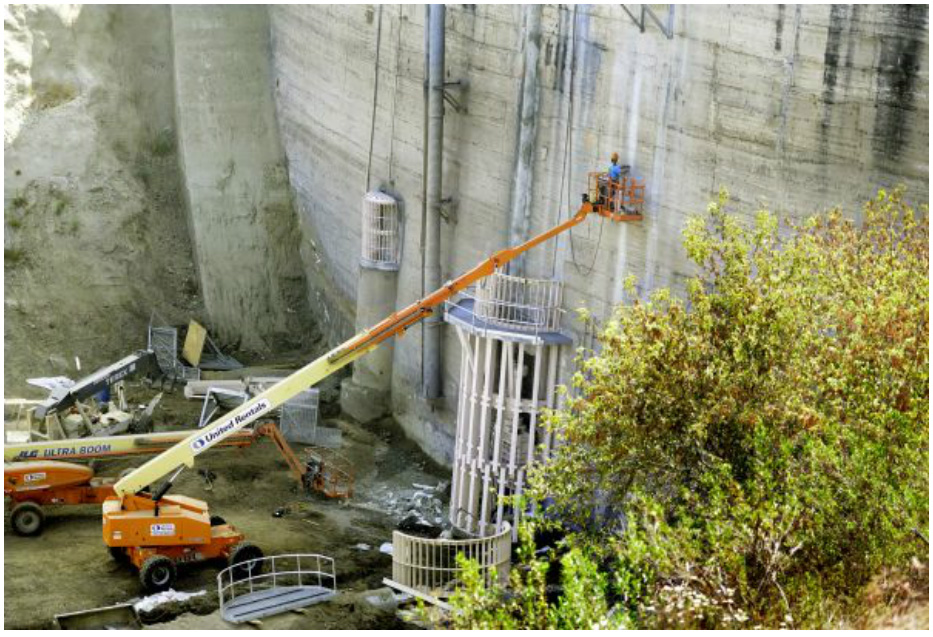

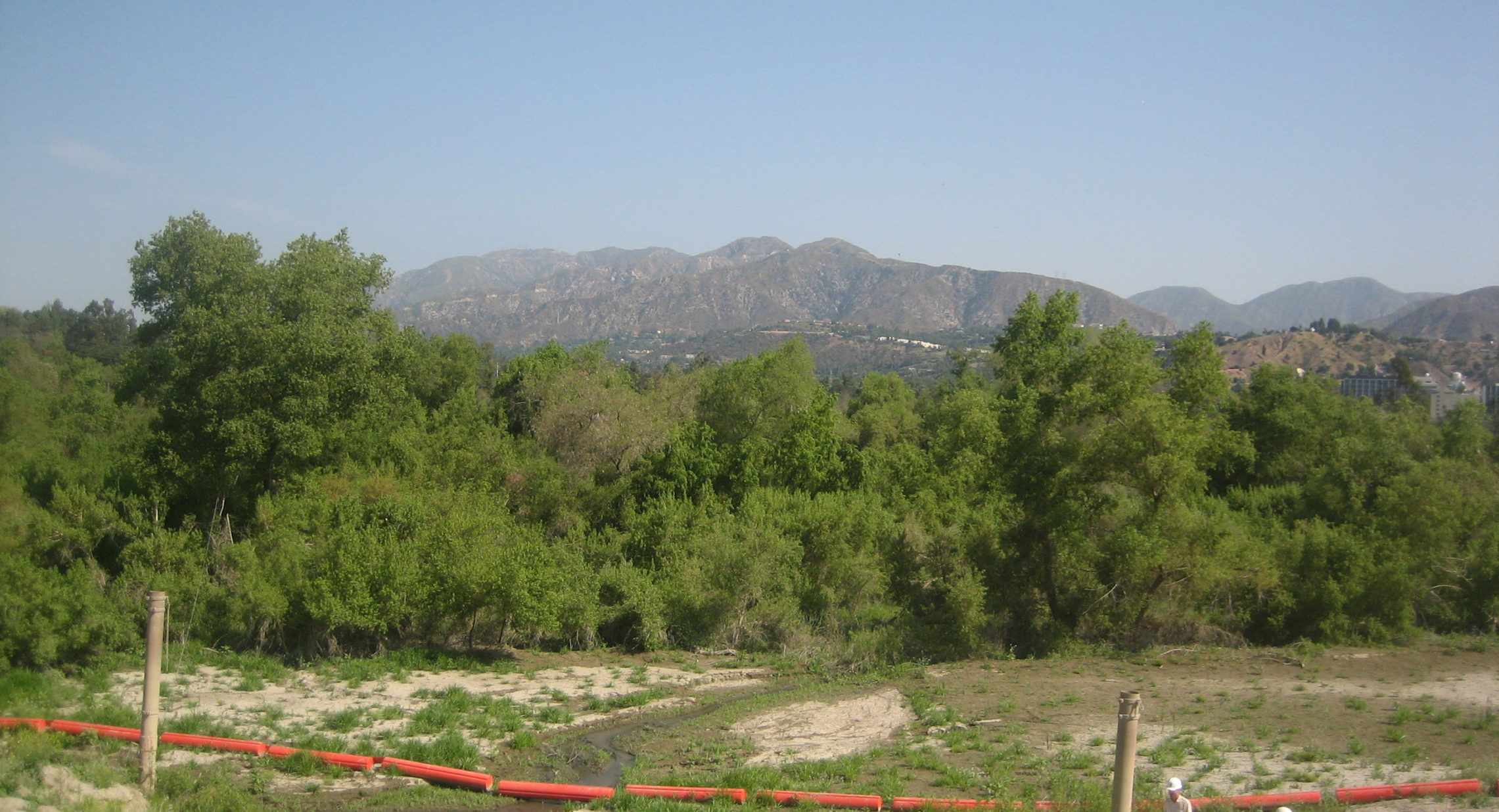
- Vegetation Mapping
- Geology Technical Study
- Hazardous Materials Technical Study
- Water Quality Technical Study
- Hydrology Technical Study
- Cultural Resources Technical Study
- Air Quality Technical Study
- Noise Technical Study
- Biological Resources Technical Study
- Traffic Technical Study
- Environmental Impact Report
- Tree Inventory Surveys
- Biological Compliance Monitoring
- Soils Technical Study
- Clearance Surveys
- Nesting Bird Surveys
- Habitat Assessments
- Environmental Assessment
- Sensitive Species Surveys
- Wetlands Delineation
- 401/404/1600 Permits
- Biological Resources Surveys
- Jurisdictional Delineation
The 100-foot high Devil’s Gate Dam is under the jurisdiction of the State Department of Water Resources Division of Safety of Dams (DSOD) due to its size. This means that the Pasadena Dam located at the base of the San Gabriel Mountains is subject to criteria extending beyond its original scope, namely, a greatly enhanced basin capable of withstanding a 50-Year Rain Event. This 1997 finding has led to the planning of the removal of 2.4 million cubic yards of sediment from the Devil’s Gate Reservoir.
Chambers Group has been spearheading environmental compliance and permitting for this complicated effort since 2007 when it began with biological services through the Flood Maintenance Division for the Devil’s Gate Interim Measures Project. Due to nearby neighborhoods as well as political pressures, what was then the effort to re-grade the access road from the abutment to the sluice gate area of the dam, clearing of sediment of approximately 100 feet from the face of the dam to minimize clogging and/or other impacts to dam operations, and stockpiling of sediment within Johnson Field (sediment relocation area), was both highly visible and controversial. Chambers Group led up public outreach in addition to biological resources services which included jurisdictional and wetland delineations for 401/404/1600 permits, biological resource surveys and habitat assessments, vegetation mapping, clearance surveys, tree inventory surveys, sensitive species surveys, nesting bird surveys, and biological compliance monitoring (permit compliance and avoidance of sensitive areas during construction activities).
As the project scope grew, so too did Chambers Group’s role, eventually leading to the successful preparation and delivery of the Environmental Impact Report. The EIR included technical studies on biological resources, traffic, noise, air quality, cultural resources, hydrology and water quality, hazardous materials, and geology and soils. Additionally, Chambers Group prepared the Environmental Assessment to address the need for an Individual Permit from the U.S. Army Corps of Engineers.

